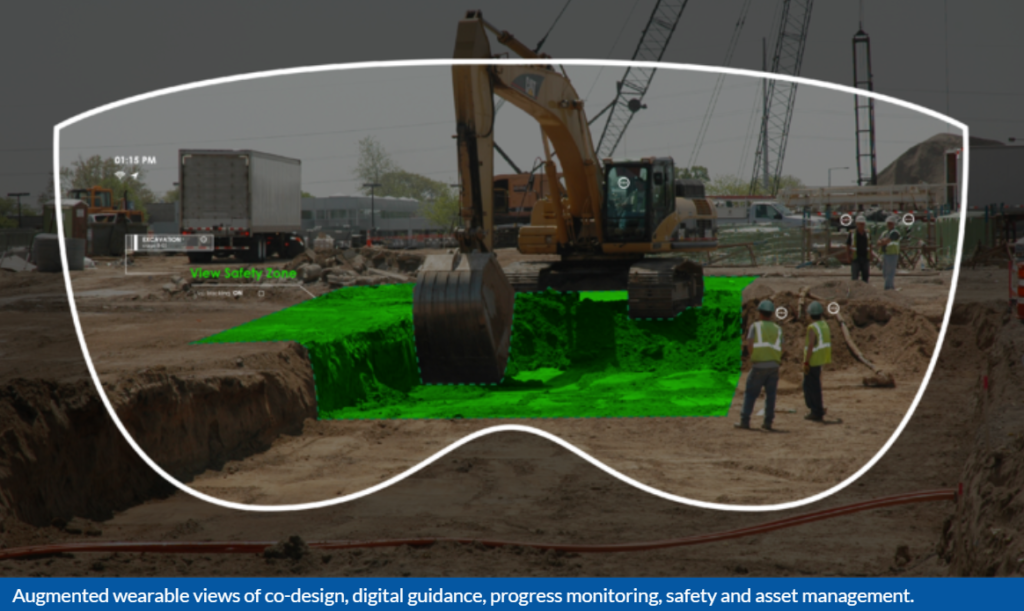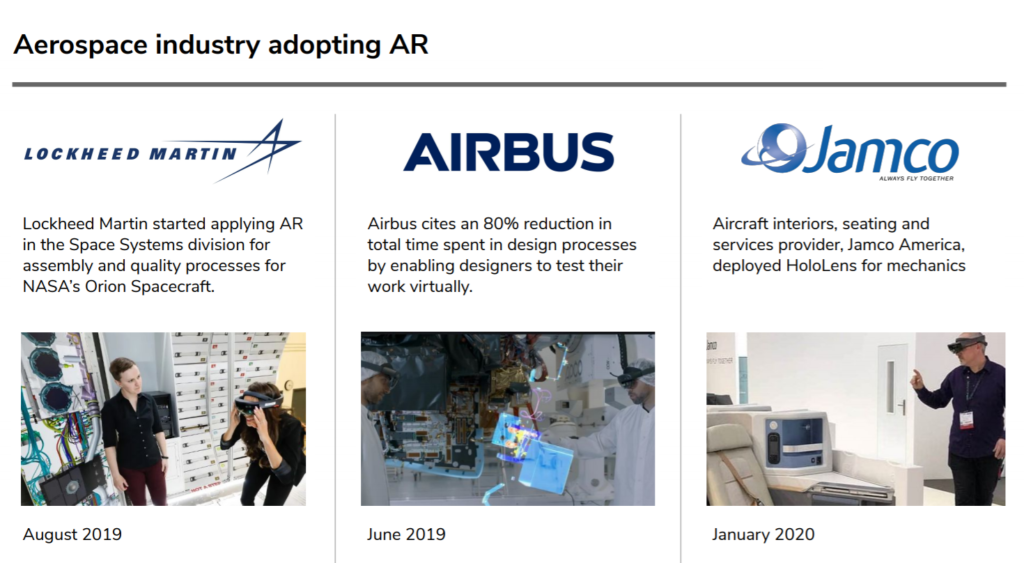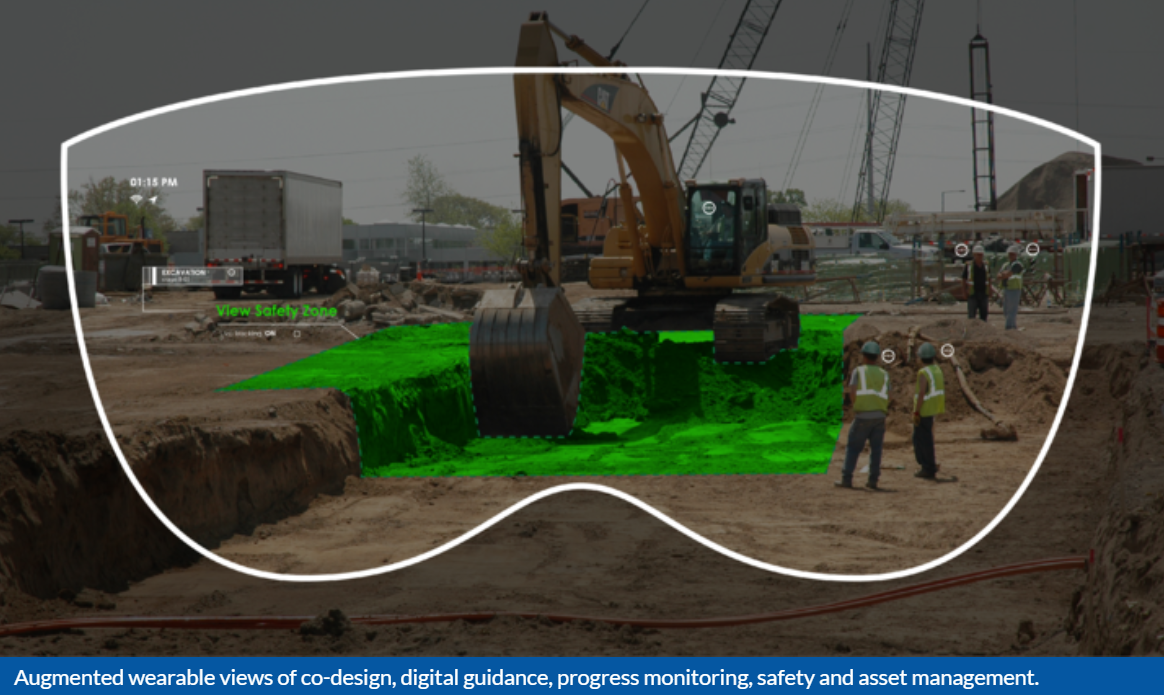Augmented reality (AR) is technology that blends digital content with the real world. It is often referred to in conjunction with virtual reality (VR), which completely replaces the real world with a digital one. Through cameras and sensors, an AR device can locate objects and gather information to model the physical environment in real time. Then, algorithms process this data and overlay digital elements onto the surrounding area.
When hearing the words “augmented reality,” people often think of Niantic’s outrageously popular 2016 mobile game, Pokémon Go. But although the capabilities of Pokémon Go were captivating enough four years ago, AR technology is continuing to improve even further thanks to innovative companies like Microsoft, Zappar, and Magic Leap.
For example, one of the best uses for AR currently being developed is remote collaboration. AR systems can achieve “natural face-to-face communication” along with digital interactivity, combining the benefits of in-person and virtual teamwork. From miles away, one person could work simultaneously with another in a digital 3D workspace, sharing information or making changes.
In the past two to three years, another important development has been the enabling of no-code authoring. This feature allows non-developers, including students, to create content for AR applications, thus significantly reducing its adoption barrier and increasing its accessibility to the public.
The increasing value of AR has made it attractive to multiple different sectors. As Pokémon Go and other applications demonstrate, arts and entertainment sectors have already benefited from the use of augmented reality to enhance user experience. Another industry that is taking advantage is design and architecture. Tools like Morpholio AR Sketchwalk and DAQRI Worksense facilitate more efficient construction with 3D modeling, hands-free viewing of schematics and/or instructions, attaching data to real objects for future reference, and other features. Manufacturing operations are advanced by AR in the same ways, minimizing error and reducing the time and effort required.

The retail industry is another field that can profit greatly from the use of AR devices. Shoppers looking for clothes, furniture, or other objects would relish the opportunity to check out how those items would look in real life. Companies like Vyking and Wayfair have already created applications that let customers visualize their products over themselves or their surroundings.
In the healthcare industry, workers are employing AR to conveniently show crucial patient data during operations, allow doctors or surgeons to work together though physically distanced, or help explain medical situations to patients. Additionally, augmented reality could facilitate more effective education by placing students into realistic training simulations or providing useful supplementary materials for them to use. Organizations can implement AR into reskilling/upskilling employee training programs, thus allowing workers to quickly become more flexible and experienced. Regardless of the subject being studied, AR can offer a more hands-on experience that encourages students to be more active in learning.
Overall, augmented reality could also drastically transform a typical workplace environment. Workers could communicate remotely with experts or coworkers, easily use digital features to assist with their duties like measurement tools, and access needed information without having to pause their tasks. In the future, computers and physical offices could be totally replaced by much smaller AR devices for every employee. Especially when combined with other advanced technologies, such as 5G or artificial intelligence, the rise of augmented reality could lead to huge changes in how people work and learn.
Given the unique potential of this technology and the progress it has already made, investors and businesses should keep a close eye on the AR market. Though it may still take some time for AR to become powerful and accessible enough to reach wider markets, there is no doubt that it will transform several industries over the next few years.

